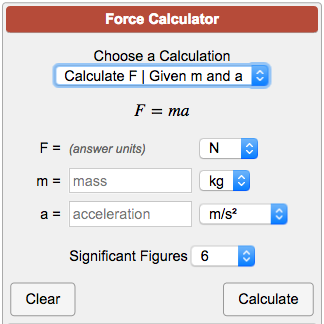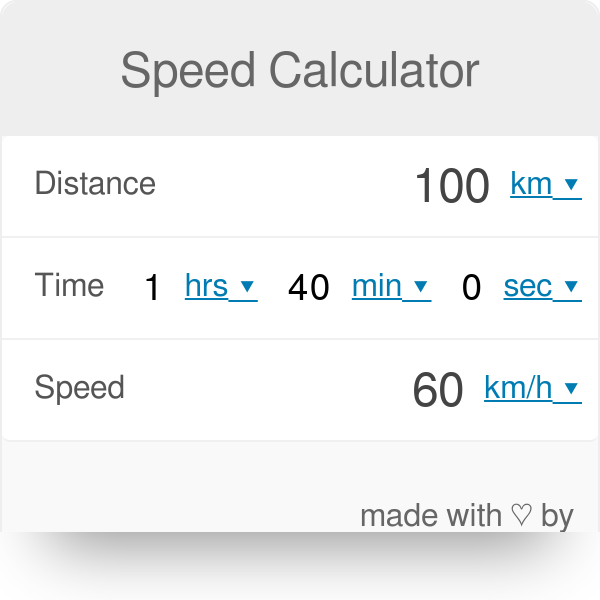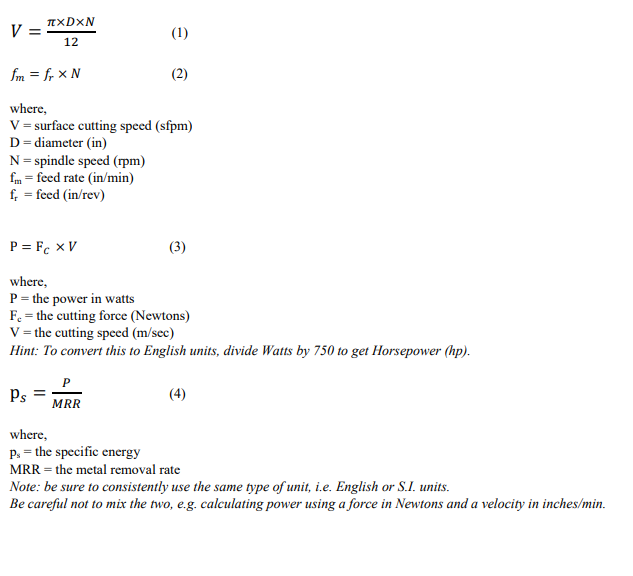

The box slides about 10m on the horizontal surface with a velocity of 20m/s when we apply a push force of 50N. Note: here, we consider the friction force is negligible. If we determine the distance (d) traveled by an object with velocity v when the force (F) applies to it, we can calculate its mass using the work-energy formula. Hence, work done equal to kinetic energy, The work done is the kinetic energy conversion of an object. The work done is calculated by-product of force applied and distance traveled. To calculate the mass of an object, we can use the work-energy formula, which shows the work done on an object is equal to its kinetic energy conversion when it moves to a certain distance due to applied force. We can calculate the mass using the work-energy formula as follows:

The mass of an object can be calculated by the third kinematics equation of motion, U = 0 since an object is initially at rest. In that case, we can calculate its mass by using the third kinematics equation of motion.Īn object travels in a straight path 5m from an initial position with a velocity of 5m/s when force 50N is applied on the same object at rest. Suppose we determine the distance (d) traveled by an object when its velocity v changes from initial velocity u due to force F. Let’s implement Newton’s second law of motion (2) into the third kinematics equation of motion (4), The third kinematics equation of motion about velocity v is,

To calculate the object’s mass, we can implement Newton’s second law of motion formula into the third kinematic equation of motion, which is about velocity. We can calculate the mass using the third kinematics equation of motion. Substituting ‘a’ value into the kinematics equation, we getĬalculate Mass using Third Kinematics Equation of Motion The mass of an object can be calculated by using the second kinematics equation of motion. If we determine the distance (d) traveled by an object in time (t) when the force (F) applies on it, we can calculate its mass by using the second kinematics equation of motion.Ī net force 10N acts on an object which travels a distance of 40m with an initial velocity of 1m/s in 5s. Substituting equation (3) into above equation, we get The second kinematics equation of motion about distance d is The second law of motion explains that the object is accelerated (a) hardly when the force (F) is employed on the object having mass m. Then, we can implement it into the second kinematics equation of motion, which is about distance. To calculate the object’s mass, we can use the popular Newton’s second law of motion formula that shows a relation between acceleration, force, and mass. We can calculate the mass using Newton’s second law of motion as follows: The mass of the boy standing on the earth is 108.67 kg.Ĭalculate Mass using Second Kinematics Equation of Motion The mass of a boy standing on the earth is calculated by using a formula of the law of gravity as, Determine the mass of a boy standing on the earth. The force of gravity between earth and boy is 680N, standing at a distance of 6.38 x 10 6m from the earth’s center. If we determine the distance d and force of gravity on object F g, we can calculate its mass m 1 using Newton’s Law of Gravitation.

Hence, the constant value of the mass of the earth is m 2 is, 5.98 x 10 24 kg. In equation (1), like the constant value of G, we also have the constant value of mass of object 2, which is the mass of the earth as in most cases, we calculate the force of gravity of any object with respect to the earth. Where, G is universal gravitational constant having constant value 6.67 x 10 -11 Nm 2/kg 2. Rewriting the formula in terms of constant of proportionality, Since the force of gravity is directly proportional to the masses of both objects, larger objects will attract each other with a more significant force of gravity. R is the distance separating both object’s centers. Where, F g = force of gravity between two objects That means all the objects in the universe attract each other with gravity, and Newton’s law of gravitation explains this universality of gravity. To calculate the mass in terms of force and distance, we can utilize Newton’s laws of gravitation, which say “the force of gravity acting between two bodies is directly proportional to their masses and inversely proportional to the square of the distance between centers of the masses.” We can calculate the mass using Newton’s law of gravitation as follows: Calculate Mass using Newton’s Law of Gravitation


 0 kommentar(er)
0 kommentar(er)
